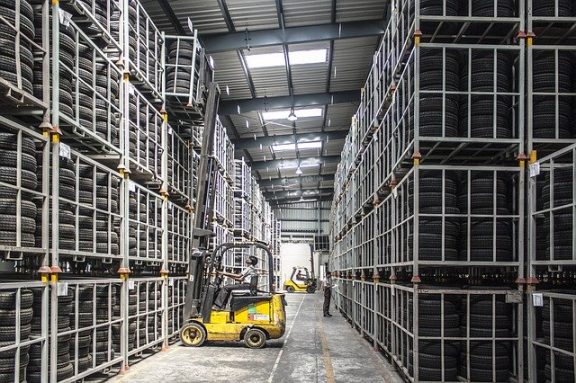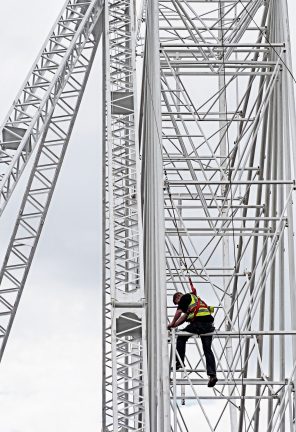
Reminder: OSHA’s Multi-Employer Doctrine Let’s It Cite You For Somebody Else’s Employee
November 15, 2019What you should know: OSHA is now using a new Weighting System to gauge enforcement activity that will incentivize Area Offices to conduct more intensive investigations. Before, an Area Office might have been reluctant to undertake intensive, complex inspections because it would not have received enough “credit” within the agency and have been penalized for being ineffective. Now, Area Offices are rewarded for more complex inspections, and employers may well see an uptick in multi-CHSO, multi-day inspections
Effective October 1, 2019, the U.S. Department of Labor’s Occupational Safety and Health Administration (OSHA) implemented the OSHA Weighting System (OWS) for fiscal year (FY) 2020, replacing the enforcement weighting system initiated in FY 2015. The OSHA Weighting System provides OSHA with a framework to measure its enforcement activity of the agency, as well as the activity levels of the various Area Offices.
The OWS system is important to employers because it can affect which types of inspections OSHA might initiate and the manner in which OSHA will conduct those inspections. The OWS System directs area office focus to those inspections for which it receives the most Enforcement Units (EU). EUs are OSHA’s version of the “credit” Area Offices receive for different sorts of inspections. OSHA instituted the weighting system, in part, to incentivize area offices to take on certain kinds of inspections:
“In the past, we have used the number of inspections as the primary metric to measure enforcement activity. While this metric served a useful purpose, it penalized those field managers that took on more complex inspections that required a greater amount of CSHO effort. These include inspections involving ergonomic hazards, chemical exposures, workplace violence, and PSM violations. For example, a process safety management (PSM) inspection of an oil refinery, which might take months, accounted for less weight under this system than a group of concurrent safety inspections at a construction site involving several employers.”
Memorandum for Regional Administrators, Enforcement Weighting System (EWS), Sep. 30, 2015, available at https://www.osha.gov/dep/enforcement/ews_memo_09302015.html.
Under the previous enforcement weighting system, OSHA weighted certain inspections based primarily on the time taken to complete the inspection. However, the updated OWS approach now accounts for agency priorities and the impact of inspections. OSHA contends that this system incorporates three major work elements performed by the field: enforcement activity, essential enforcement support functions (e.g., severe injury reporting and complaint resolution), and compliance assistance efforts. The new system also adds enforcement initiatives such as the Site-Specific Targeting to the weighting system.
This modified OWS system underscores the importance of complex enforcement activity focused on the most hazardous workplaces and operations, including process safety management, combustible dust hazards, and fatality/catastrophe cases. In addition, OWS includes added weight for OSHA’s “focus four” hazards—those areas where many fatalities occur (i.e. falls, struck-by object, electrocutions, and caught-in/between hazards). Those industries (e.g. construction) that readily encounter these hazards should be cognizant that OSHA inspectors will be especially keen to their safety programs.
Under the new OWS system, inspections pertaining to criminal cases and “significant” cases receive the most “bonus” EU value, while other intensive inspections such as PSM and fatality/catastrophe inspections are heavily weighted as well. Additionally, inspections related to emphasis programs, such as ergonomics, amputation, and confined space, garner an additional EU credit. The full hierarchy of the new EU weighting system may be found at https://www.osha.gov/memos/2019-09-30/revisions-occupational-safety-and-health-administration-weighting-system.




